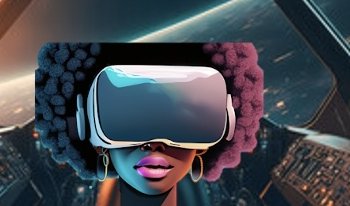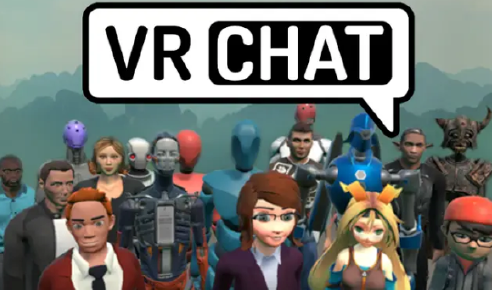
Many questions span industry and academia about the value and viability of Virtual Reality (VR). The cost and discomfort of current VR headsets leave many people wondering if Virtual Reality is worth the investment. The empirical study described in this discourse examined levels of immersion, reported realism, and presence reported by users of different consumer available immersive technologies, tradeoffs to attaining immersion, and users’ intention to adopt VR after experiencing the technologies. The researchers used Elite Dangerous, a space flight simulator game optimized for both VR and flat screen condition of the research. The study reported here explored the research question: do users reported a difference in levels of immersion, realism, and presence impacted by a VR device versus a flat monitor display? This between groups experiment presented users with the Oculus Rift VR headset condition and a flat screen experience in which a simulated 360° view was afforded by the tracking the user’s head movement and controlled virtual camera angels displayed on a flat screen monitor. Participants noted intrusiveness, discomfort, controls being difficult to learn, and difficulty seeing in the VR condition. This diminished user satisfaction could be a barrier to anticipated benefits of VR, which highlights exigency for VR User Centered Design (UCD). Participants who experienced the flat screen experience first and VR headset second were significantly more likely to report an intent to adopt VR than those who only experienced the VR condition. This could lead to research on the impact of juxtaposition of new technology with existing technologies on user perception and the intent to adopt.

In this paper, I present the proposal of a virtual reality subjective experiment to be performed at Texas State University, which is part of the VQEG-IMG test plan for the definition of a new recommendation for subjective assessment of eXtended Reality (XR) communications (work item ITU-T P.IXC). More specifically, I discuss the challenges of estimating the user quality of experience (QoE) for immersive applications and detail the VQEG-IMG test plan tasks for XR subjective QoE assessment. I also describe the experimental choices of the audio-visual experiment to be performed at Texas State University, which has the goal of comparing two possible scenarios for teleconference meetings: a virtual reality representation and a realistic representation.